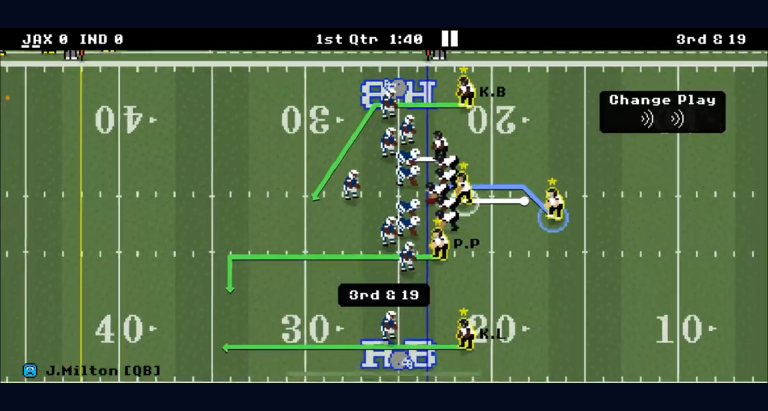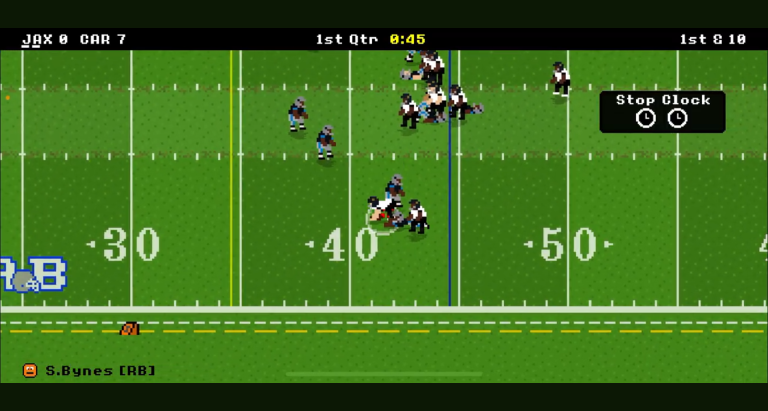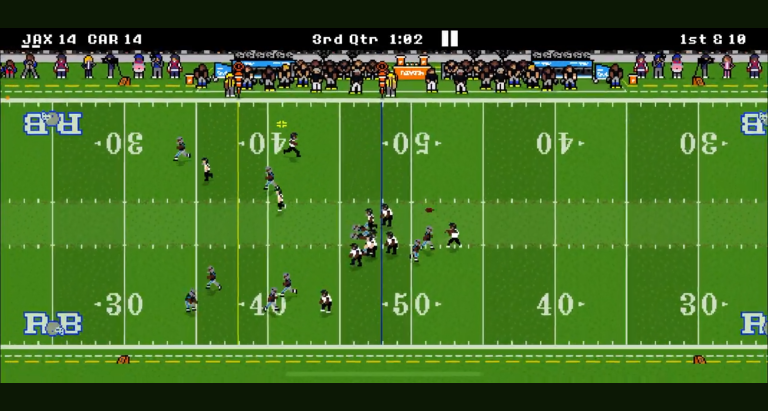Retro Bowl is a popular mobile football simulation game that combines strategy, team management, and intense gameplay. The concept of trading players holds a significant role in enhancing a team’s performance and building a winning roster. Understanding how do you trade a player in on Retro Bowl can not only improve your game experience but also yield better results. This article aims to provide a comprehensive guide on the intricacies of player trading, including when to trade, how to evaluate players, and strategies for successful trades.
Understanding the Basics of Player Trading
What is Player Trading in Retro Bowl?
Player trading in Retro Bowl involves exchanging players between teams in order to optimize rosters. The benefits of trading players include:
- Improving team strength: Bringing in players with higher skills can enhance overall team performance.
- Adjusting for player performance: Removing underperforming players helps maintain a competitive edge.
- Managing team salary cap: Trading allows you to optimize your salary cap by negotiating contracts that work in your favor.
When to Consider Trading a Player
Recognizing when a player needs to be traded is crucial for maintaining a successful team. Here are some signs:
- Poor performance statistics: If a player’s stats are consistently below your expectations, it might be time to reconsider their position.
- Overlapping skills with other team members: If multiple players share the same skill set, trading can help diversify the team’s capabilities.
Additionally, opportunities for trades can arise when other teams are in need of specific positions or when a player’s morale is low due to contract issues.
The Mechanics of Trading a Player
Accessing the Trade Menu
To initiate player trades, first access the trade menu. Follow these steps:
- Open the Retro Bowl app on your device.
- Navigate to your team’s roster.
- Locate the trade button to enter the trade screen.
- Review your player roster which lists all players available for trade.
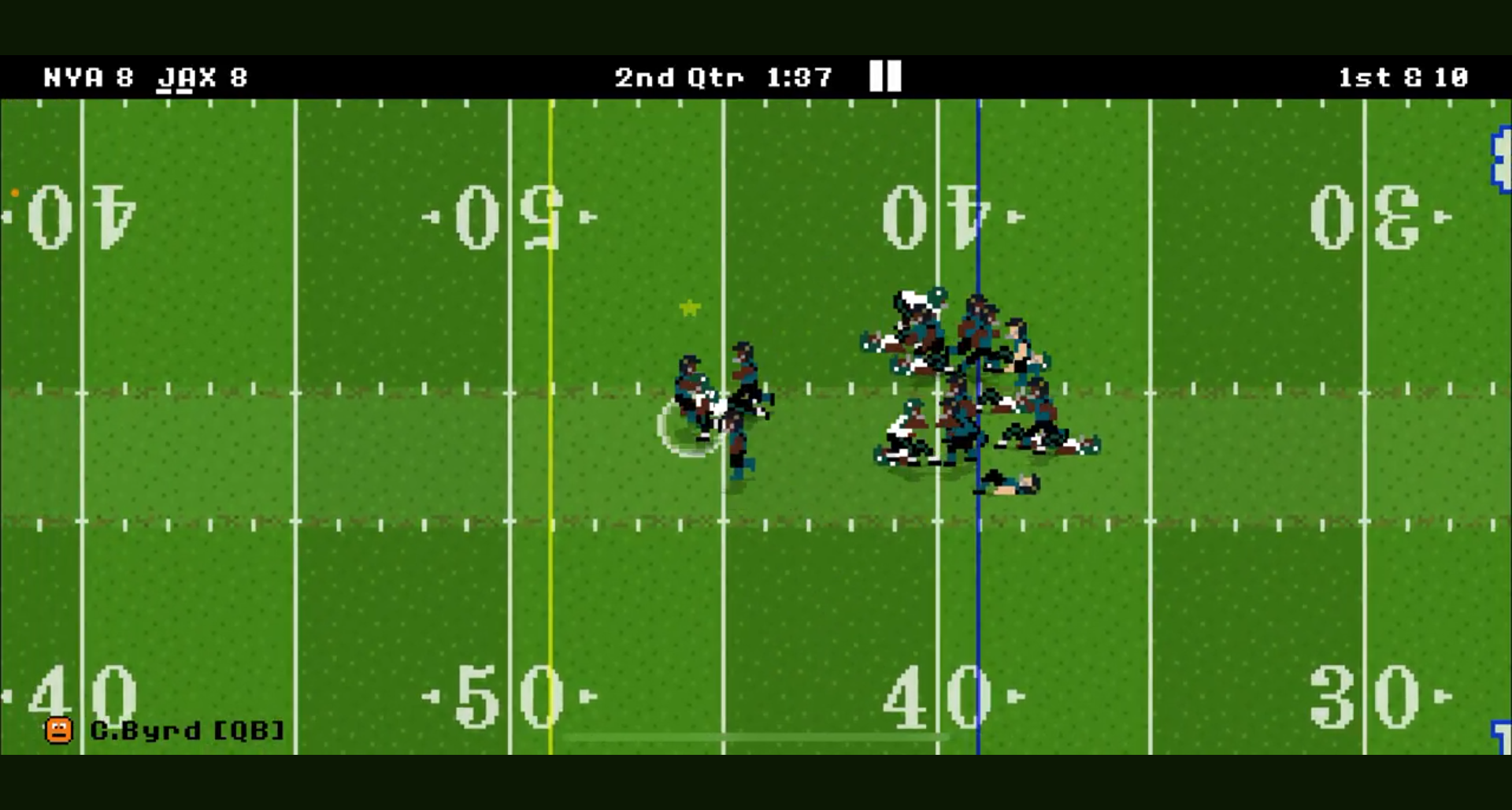
Evaluating Players for Trade
When deciding which players to trade, consider the following factors:
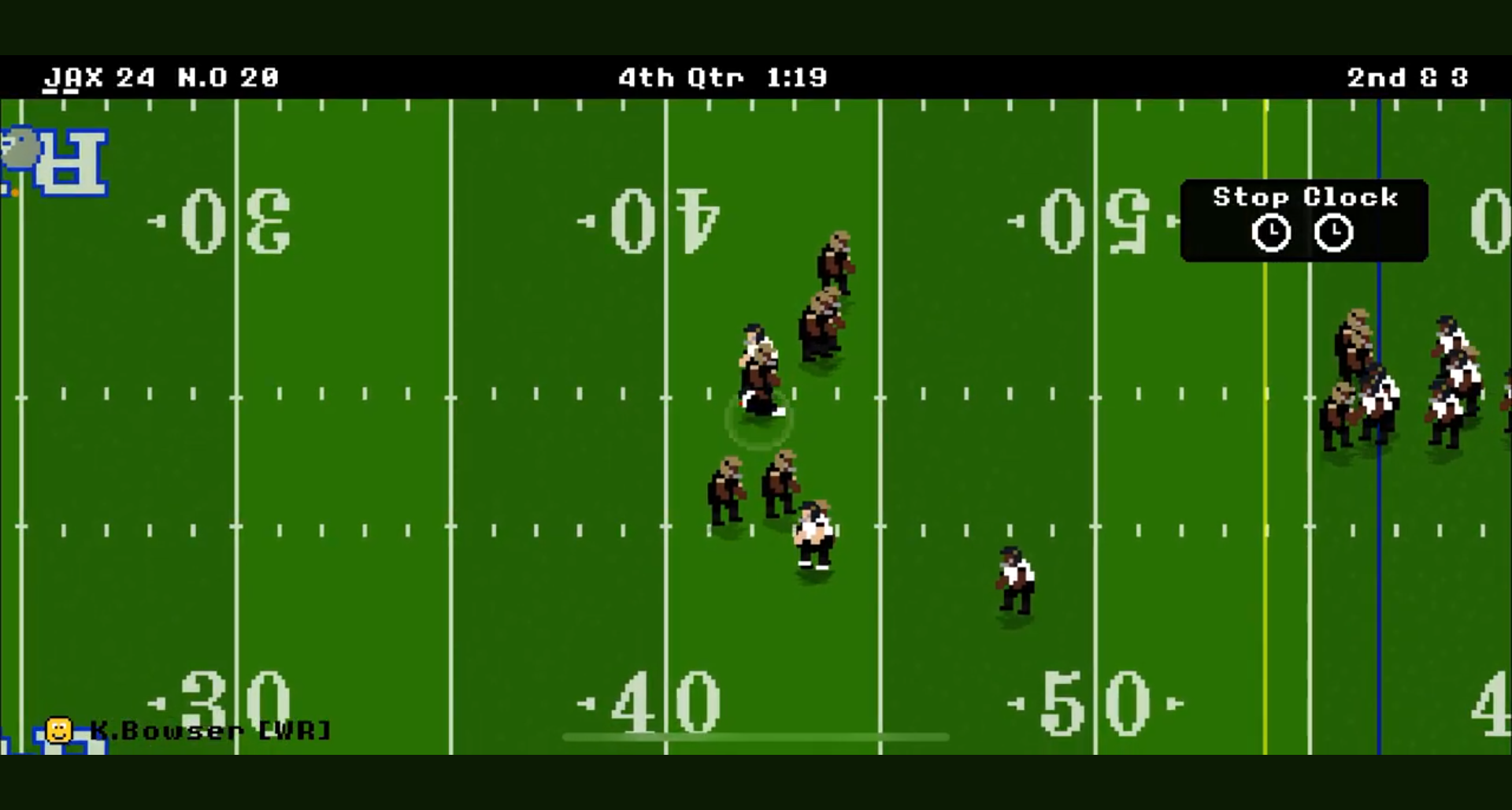
- Skill Levels: Analyze player attributes such as speed, strength, and game intelligence to identify valuable assets.
- Contract Status: Pay attention to the length and cost of contracts to avoid long-term financial commitments.
- Team Dynamics: Evaluate how a player fits within your team strategy and the roles needed on the field.
Initiating a Trade
Proposing a trade to another team requires strategy. Here’s how to do it:
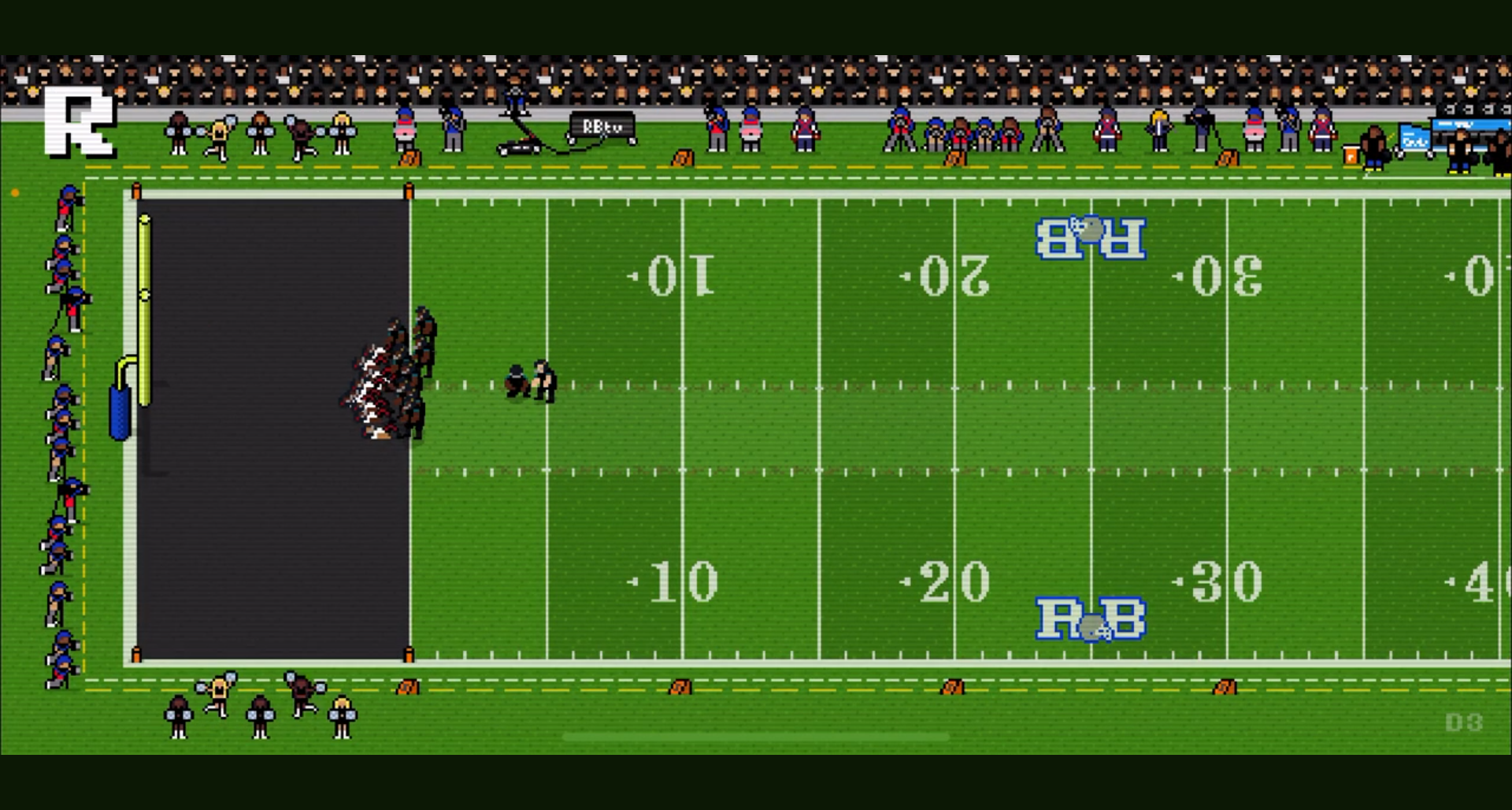
- Identify teams that have a need for players you can offer.
- Select players from your roster that align with the needs of the target team.
- Formulate trade offers based on perceived player value; remember to balance fairness with benefits.
Negotiating Trades
Successful negotiation can lead to favorable outcomes. Use these strategies:
- Consider offering multiple players or draft picks to sweeten the deal.
- Understand other teams’ needs to tailor your offers accordingly.
- Choose the right timing to propose trades, such as mid-season when teams might be feeling pressure.
Completing the Trade Process
Finalizing the Trade
Once a trade has been proposed and accepted, it’s essential to finalize the details:
- Review all terms of the trade to ensure you understand the implications.
- Consider potential backlash from fans or team members about the trade.
Effects of Trading a Player
Trading a player can have both short-term and long-term impacts:
- Short-term impacts: Swapping out a player can immediately adjust your team’s performance metrics.
- Long-term benefits: Successful trades can free up salary cap space, allowing for future acquisitions or investments in promising talent.
Common Mistakes to Avoid When Trading Players
Overvaluing Players
One common mistake is overestimating a player’s worth. To avoid this:
- Conduct detailed research on player statistics and performance trends.
- Be realistic about what you expect in return for a player.
Inadequate Research of Trade Partners
Knowing your trade partners is key. Always:
- Understand other teams’ roster strengths and weaknesses.
- Ensure trades address your own team’s gaps instead of exacerbating them.
Ignoring Player Morale
A trade can impact team morale:
- Take into account how a player might react to being traded.
- Find ways to manage morale after a trade, such as holding team meetings or providing additional support.
Case Studies and Examples of Successful Trades
Notable Player Trades in Retro Bowl History
Examining past trades can provide valuable insights. For example, a trade involving a high-profile quarterback strengthened a team’s offensive strategy, leading them to playoffs. This illustrates the potential outcomes of smart trading decisions.
User Experiences and Strategies
Community discussions on forums often highlight effective trading strategies. Engaging with experienced players can offer fresh perspectives and innovative approaches to trading. Players frequently share unique tactics that can enhance your trading game.
Conclusion
Mastering how do you trade a player in on Retro Bowl is essential for any aspiring football manager in the game. By understanding the trading mechanics, evaluating players effectively, and avoiding common pitfalls, players can significantly enhance their gameplay. Engaging in trades not only improves your team but also enriches your overall experience in Retro Bowl. Players are encouraged to share their trading experiences and strategies to foster community learning.
Additional Resources
Links to Forums or Online Communities
For additional advice and strategies, check out [Retro Bowl Online Forums](https://www.retro-bowl.com/community) where players share tips on effective trading.
Further Reading on Player Management
For more insightful reading on team management strategies, look into guides such as [How to Build a Dynasty in Retro Bowl](https://www.retro-bowl.com/guides/team-building).
| Key Trading Strategies | Description | Best Practices |
|---|---|---|
| Research | Thoroughly analyze players’ stats and contracts. | Use performance trends to guide decisions. |
| Networking | Understand the needs of other teams. | Join forums and discussions to gather insights. |
| Monitoring | Keep track of player morale and stats. | Adjust trades based on recent performance. |
| Timing | Select optimal moments for proposals. | Target mid-season for likely trades. |
Frequently Asked Questions (FAQs)
1. How often can I trade players in Retro Bowl?
You can trade players at any time during the season, but strategic timing can yield better results.
2. Can I trade a player for a draft pick?
Yes, trading players for draft picks is a common practice and can be part of long-term team-building strategies.
3. What should I do if a trade doesn’t go as planned?
Evaluate what went wrong, learn from the experience, and continuously adjust your trading strategies.
4. How do I know if a player is underperforming?
Regularly check player statistics and performance measures; if they frequently lag behind their peers, it may be time for a trade.
5. Are there specific players that are more valuable for trades?
Yes, highly skilled players with strong attributes are typically more valuable in trades.
6. Can I propose trades to multiple teams at once?
While you can initiate discussions with multiple teams, formal trade offers should be made one at a time to ensure clarity.
7. How do trades affect my team’s overall morale?
Trades can influence morale positively or negatively; keeping the team informed can help maintain a positive environment.
8. What happens to a player’s contract during a trade?
The player’s existing contract goes to the new team, affecting their salary cap accordingly.
9. Can I trade players I’ve just acquired?
Yes, you can trade newly acquired players, though it may affect your reputation with other teams.
10. Is there an optimal time in the season to trade players?
Mid-season typically offers the best opportunities for trades, as many teams are assessing their rosters.
